The Best Fluffy Pancakes recipe you will fall in love with. Full of tips and tricks to help you make the best pancakes.
This article was originally published on Lizanest.com
Across America, not all suburbs offer the quiet charm or upward mobility often associated with life beyond the city limits. Some communities grapple daily with high crime, economic stagnation, decaying infrastructure, and systemic neglect. Though rich in culture and resilience, these neighborhoods face challenges that often go unseen or unaddressed. This list sheds light on 40 of the country’s least desirable suburbs and neighborhoods—places where hardship is common, but hope, resistance, and community spirit endure in powerful, often overlooked ways.
#40: South Side – Dallas, TX
You’d never guess from the skyline views that Dallas’s South Side holds so much pain. This area, rich in cultural heritage, has long been sidelined in funding and attention. Crime lingers, especially in neglected public housing zones.

Schools battle overcrowding and outdated materials. Youth programs come and go with election cycles. Still, beneath the wear are fire—spoken word nights, street artists, and generational residents who refuse to give up. The South Side isn’t broken. It’s unfinished, underloved, and underserved.
#39: South Side – Oklahoma City, OK
There’s a quiet erosion happening on Oklahoma City’s South Side. Infrastructure fades: potholes deepen, streetlights flicker, and sidewalks crumble. While it doesn’t suffer extreme crime levels, the area is plagued by job insecurity, low wages, and a lack of opportunity.
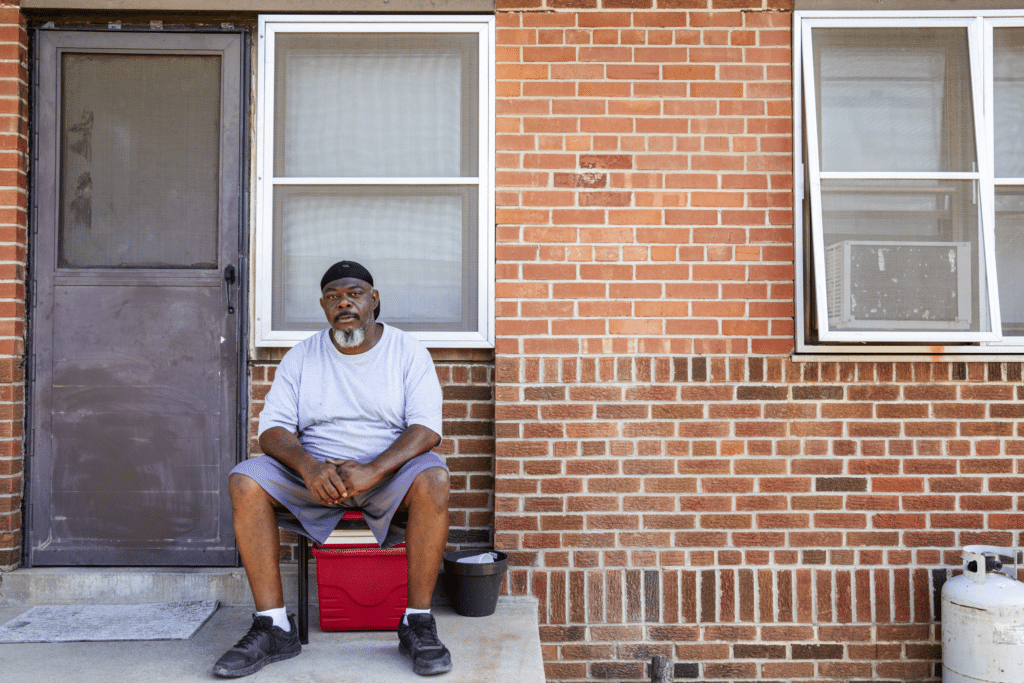
Immigrant families—predominantly Latino—make up much of the population and face systemic language, legal, and access barriers. The housing stock is aging and often overcrowded. Yet there’s warmth here: panaderías, street soccer games, and block-wide family barbecues.
#38: North Side – Kansas City, MO
A tale of two cities lives within Kansas City’s boundaries—and the North Side often draws the short straw. Violence flares up frequently, and police-community relations are fraught. Grocery stores are rare; liquor stores aren’t.

Many homes sit in disrepair, passed down generationally without means for upkeep. The schools struggle, hemorrhaging teachers and funding. But the North Side isn’t just decay—it’s defiance. Garden plots sprout on vacant lots. Juneteenth parades thread through the neighborhoods.
#37: South Side – Columbus, OH
Editorial content
Not far from the city’s booming downtown, Columbus’s South Side limps along quietly. Factories that once employed thousands are now graffiti-tagged shells. Opioid addiction has hollowed out families, and property crime eats away at community morale.
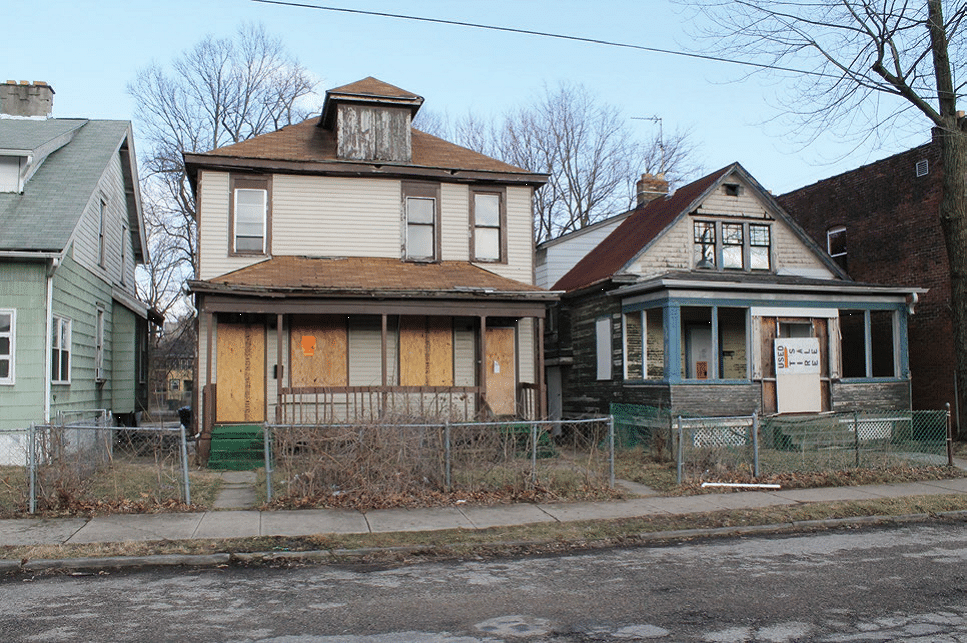
While nonprofits try to plug gaps in services, residents face long waits for housing aid, food assistance, and healthcare. The area’s diversity—refugees, blue-collar workers, aging locals—is its greatest strength, but also means many needs go unmet.
ADVERTISEMENT
#36: East End – Houston, TX
Gentrification creeps like fog across the East End. Once a predominantly Hispanic working-class hub, the area now contends with rising rents, shrinking community resources, and tensions between old and new.
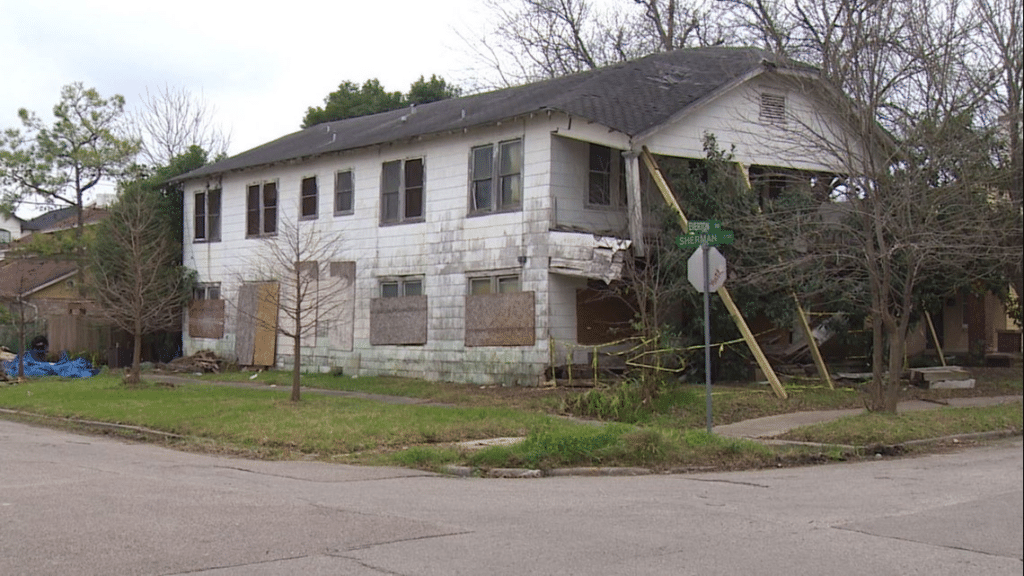
Crime rates—particularly theft—remain high, even as chic cafes open next to boarded-up laundromats. Environmental issues also plague the area due to nearby industrial zones. While cultural pride burns bright in its murals and mariachi festivals, many longtime residents feel pushed out, priced out, or ignored.
#35: Southwest – Atlanta, GA
Far from Atlanta’s glitzy skyline, the Southwest district often fades into invisibility. Strip malls dot the roads, punctuated by payday lenders and pawn shops. Crime is persistent, and some neighborhoods here suffer homicide rates among the highest in the state.

Transit is lacking, leaving residents isolated without cars. Schools? Often forgotten in budget meetings. Yet this part of the city also hosts influential community leaders and historic churches. There’s grit here—a refusal to be erased. But without investment, Southwest Atlanta risks becoming a cautionary tale rather than a comeback story.
#34: South Side – Milwaukee, WI
This isn’t the Milwaukee of beer tours and baseball games. The South Side tells a more harrowing tale: aging housing stock, lead pipes, and underemployment form a trio of trouble. Latino families dominate the population here, packed into neighborhoods teetering between survival and slide.
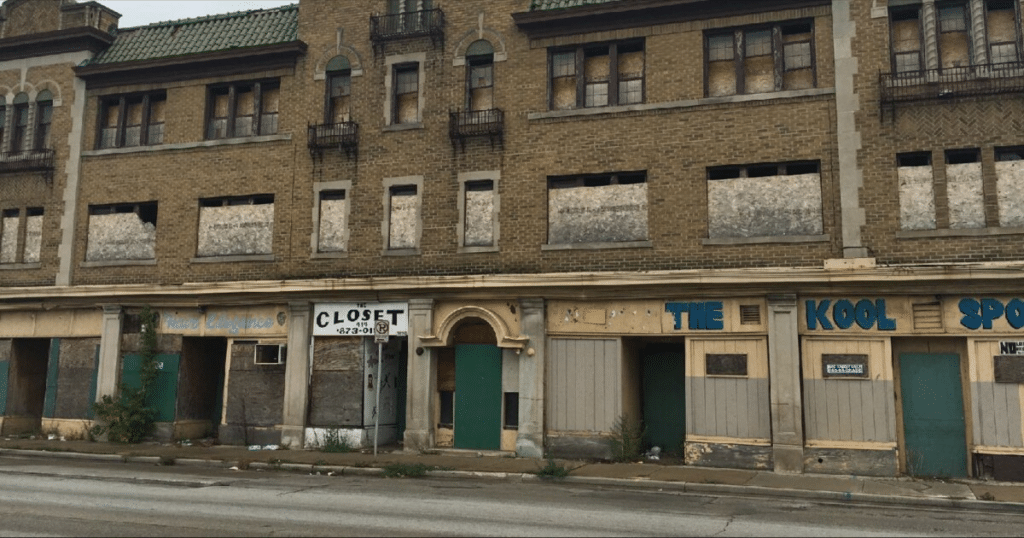
Police presence is constant; so are community barbecues and bilingual church services. Public education is under strain, and economic mobility feels stagnant. But you’ll notice how much life happens anyway—how fiercely people plant roots where few others would.
#33: North Side – St. Louis, MO
Abandonment defines much of the North Side. Drive through, and you’ll spot elegant brick homes now riddled with broken windows and ivy. It was once prosperous, then came white flight, redlining, and economic collapse. Crime is high; hope feels rationed.
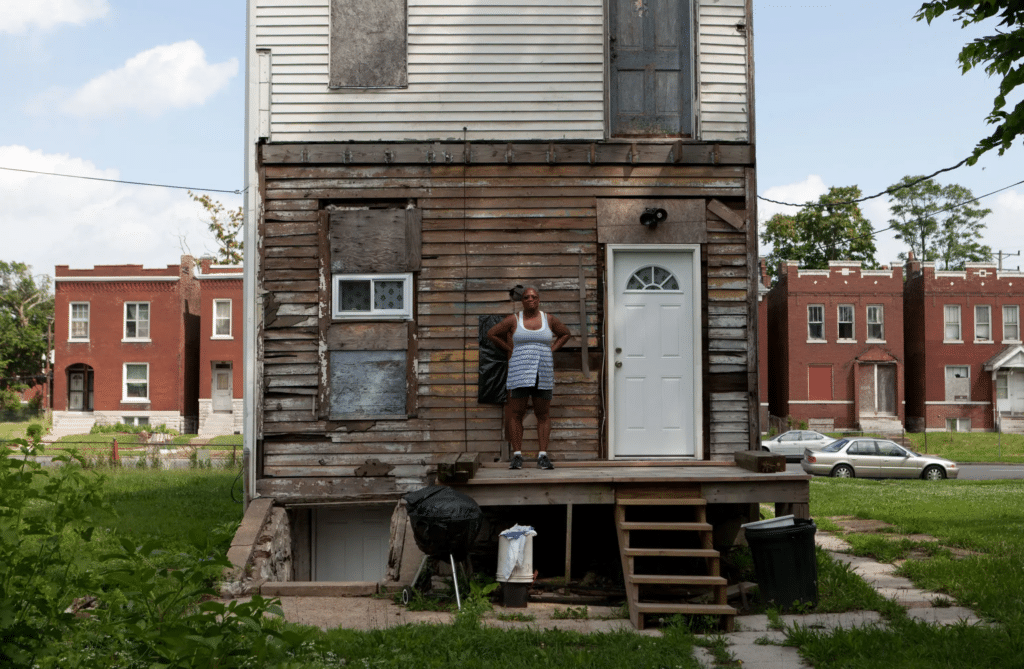
Streets crumble, bus routes vanish, and public services limp along. The residents, mostly Black, are accustomed to promises that never land. Still, churches open every Sunday, barbershops hum, and activists keep showing up. This part of St. Louis is not just underserved—it’s misunderstood.

